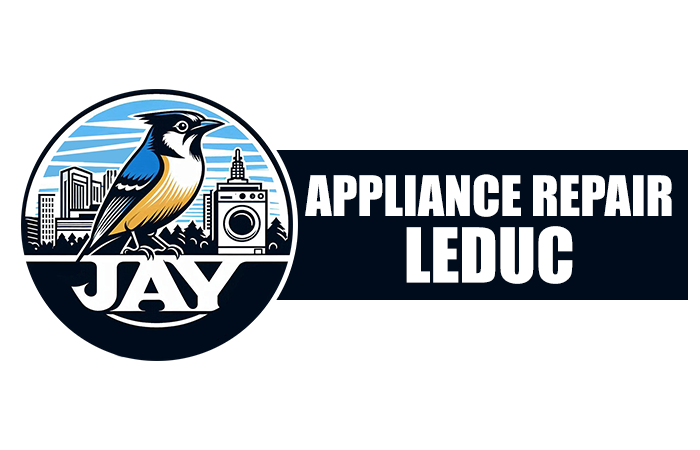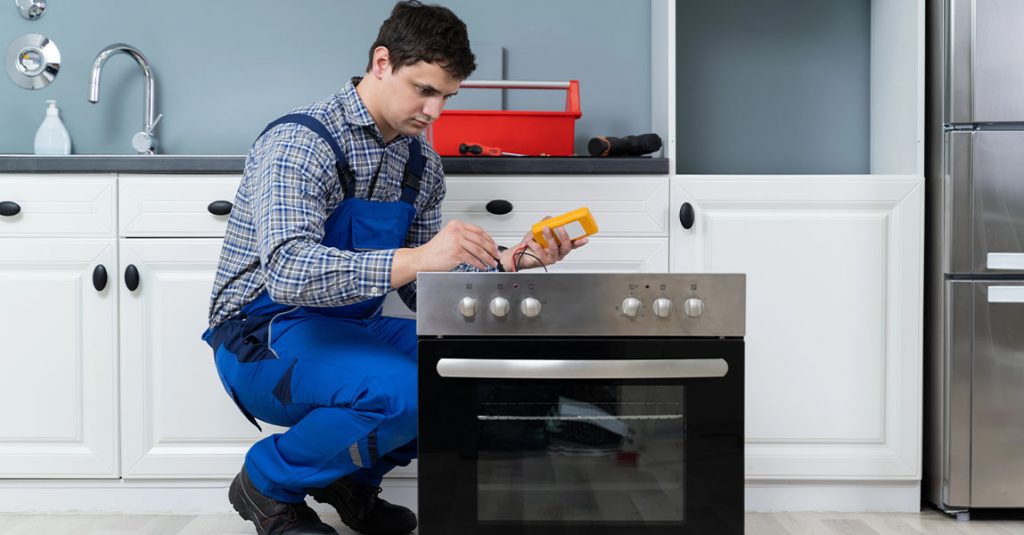Understanding the Gas Smell Without Ignition
When your stove smells like gas but refuses to ignite, it’s more than an inconvenience. That is to say, it could signal an unsafe condition that requires fast attention. We always urge homeowners not to keep trying to light the burner if the smell lingers. In other words, continuing to try can lead to dangerous gas buildup.
We know how frustrating it is to smell gas without getting a flame. However, frustration aside, this issue points to one likely culprit: the ignition system. Most importantly, your safety depends on acting quickly and smartly. We recommend stopping use immediately and seeking ignition repair assistance from a reliable local technician. Above all, avoiding a gas-related accident is key.
For those facing a similar problem right now, the best place to start is by recognizing early patterns. In addition, if your gas stove not lighting but gas is on, then your next step should involve a qualified check.
Why Clicking But No Flame Matters
You hear the familiar clicking sound, but there’s no flame. Therefore, you might think it’s only a temporary hiccup. We understand that reaction, especially after a long day. However, a repeated clicking sound without ignition could indicate a broken electrode or misdirected spark.
To clarify, your stove’s ignition system must produce a precise spark for ignition. That is to say, if the spark doesn’t land in the right place or is too weak, you won’t get a flame. We see this issue more often than you’d expect, and it requires specific tools to assess safely.
We encourage you not to rely on trial and error. Instead, contact a team familiar with diagnosing gas stove problems. If your appliance keeps clicking but never lights, this is a telltale sign of a spark alignment or power flow issue. For instance, you can schedule inspection with experts who handle this kind of fault daily.
The Role of Surface Igniters in Modern Stoves
Modern gas stoves rely on surface igniters instead of pilot lights. Consequently, when these fail, they offer little to no feedback to the user. We’ve seen clients confused by this silent failure. In other words, there’s often no visible sign unless you look closely or hear the failed clicks.
These igniters work by rapidly heating a metal coil until it glows. However, if the igniter doesn’t get hot enough, it won’t trigger the gas valve to open. We frequently address these issues by measuring resistance and checking for glow levels. Above all, we emphasize that a weak igniter is as problematic as a dead one.
Understanding how these systems fail gives you the upper hand as a homeowner. For example, if your stove makes no noise or visible spark but gas is present, the surface igniter may be fading. You can trust this reliable igniter repair service to fix it without guesswork.
Detecting Blockages in Burner Ports
Sometimes, the problem lies not with the igniter but with the gas flow. That is to say, blocked burner ports may keep the gas from reaching the ignition point. We’ve encountered many households where cleaning the burner made all the difference.
However, these blockages are often too fine to spot without proper disassembly. Most importantly, a misaligned cap or grime buildup can redirect the gas entirely. We don’t suggest poking around with sharp objects, which could cause more harm than good.
Instead, let a technician with the right tools inspect the burner system closely. For instance, if you smell gas and hear clicking but no ignition, cleaning and reseating the ports might resolve it. You can speak to us through our repair consultation channel to have a specialist investigate the issue efficiently.
When the Control Board Fails to Signal
Electronic ignition models depend on control boards to signal the ignition process. Similarly, a board failure may keep all other parts intact yet unresponsive. We often find that clients don’t suspect the board because the knobs and lights still work. However, looks can be deceiving when it comes to modern electronics.
If the board isn’t sending voltage to the igniter, then even a brand-new igniter won’t light the flame. We check these circuits with meters to ensure proper current is reaching the components. Consequently, it’s one of the least obvious but most important steps in diagnosis.
You might notice that the oven works while the stovetop doesn’t. In that case, the board may have a partial fault. For example, when the burners fail but the clock or display works, the board may still be the source. Technicians trained in gas control circuits are key to solving this.
Same-Day Solutions for Stove Ignition Issues
Some stove problems can’t wait for next week. Therefore, if you smell gas without flame, you need swift intervention. We offer same-day ignition service when availability permits because gas-related issues must be taken seriously. In addition, getting the job done fast means one less stressor on your mind.
We structure our service slots to handle calls like this first. That is to say, suspected gas leaks or failed ignitions are a priority. Above all, your safety comes before scheduling convenience. Our team stays prepared for short-notice calls and makes space for local clients when possible.
While other providers may delay, we build our model around responsive action. For example, if you call before noon with a stove not igniting, there’s a strong chance we can get someone out same day. For fast scheduling, rely on this trusted stove ignition service provider.
FAQs
Why does my stove click but not light?
This usually means the igniter is working but the flame isn’t catching due to gas flow issues, misalignment, or internal faults.
Can I still use my stove if it smells like gas but doesn’t ignite?
No, using the stove in this state is unsafe and may risk a gas leak. Turn off the appliance and ventilate the area.
Is it safe to clean burner ports myself?
Light cleaning is okay, but deep cleaning or disassembly should be done by a professional to avoid damage or injury.
What if I recently replaced the igniter but it still won’t ignite?
There could be a fault in the control board or wiring that prevents the igniter from receiving proper voltage.
Do you provide same-day repairs for ignition problems?
Yes, we do our best to accommodate urgent cases and may offer same-day service based on technician availability.

